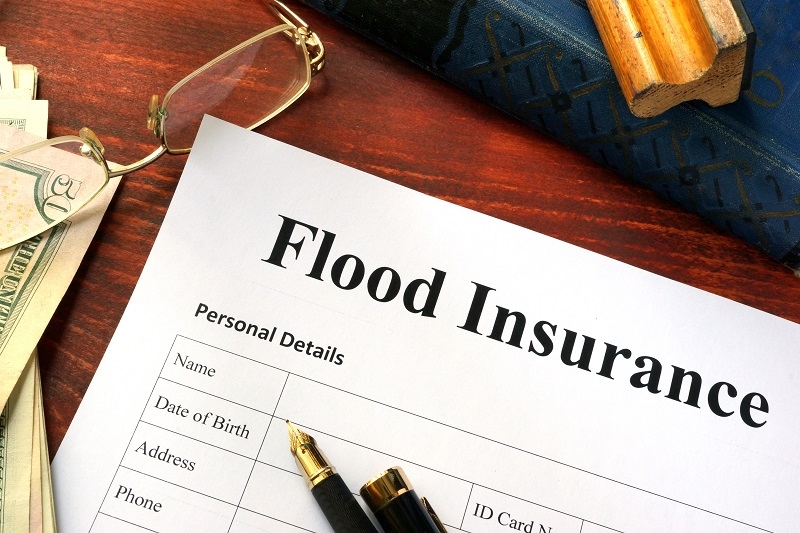
When your livelihood is tied to the land, inclement weather can be more than inconvenient—it can be cost-prohibitive. From droughts and hailstorms to floods and windstorms, farmers are at the mercy of nature all the time. That's why learning about weather-related farm insurance is important.
In this book, we take it all apart and explain everything you require to know about farm insurance that's connected to weather, such as critical parts such as farm hail damage coverage and flood coverage for farmland. If you're a seasoned farmer or just starting out in agriculture, having the proper policies can make all the difference between recovering from a storm—or closing your gates permanently.
Weather insurance is a combination of insurance policies designed specifically to protect agricultural businesses from lost income caused by natural disasters and bad weather. They are modified based on geographical area, climate conditions, the kinds of crops, and the exposure of livestock..
As climate change elevates the frequency and severity of extreme weather conditions, this insurance has become more than necessary—it's a strategic imperative.
Farmers are exposed to significant risks that they have no control over. An individual storm has the potential to destroy several months of work, disrupt planting or harvesting schedules, and eliminate profits for one year.
The significant threats to Canadian farmers are:
Farm hail damage insurance will address these risks, and provide for business continuity in a timely manner -compensation and risk-sharing process.
Hail is undoubtedly one of the most common and damaging weather events farmers experience. Hailstones landing with force—especially during the growing or pre-harvest stage—can shred leaves, bruise or pierce fruit, and tear delicate stems. Larger hailstones can level whole fields in minutes, making it difficult to recover from such a disaster. Besides immediate crop loss, the damage can mean reduced market value; delays in harvesting, or next year’s yield and practice impacted. This means hail in more than just a short-term event, but is a more long-term risk and economic challenge for growers.
This coverage is of major importance for farmers who are growing:
Because hail storms come during critical growth stages, farm hail damage coverage ensures you are not left stuck financially when nature has a tantrum!
Droughts don't only affect crop yields but can also cause permanent damage to the soil and financial hardship. A drought insurance policy is created to provide protection from the loss of income due to lack of rainfall.
Elements of a Good Drought Insurance Policy:
Advantages:

While it’s easy to focus on drought and hail, flooding is a silent and severe threat to agricultural land. If your farm is near rivers, lakes, or low-lying areas, flood insurance for farmland is a must.
What is Included:
Main Benefits:
Keep in mind that a standard property insurance policy does not cover flood damage. Having flood insurance on agricultural land offers a complete safety net when heavy rain storms hit damaging rates.
Severe storms and wind-related events can destroy crops, but they also take out barns, silos, irrigation equipment, and even pose a danger to livestock.
What to Seek in Storm and Wind Insurance:
Storms and high winds can come with little warning.A strong storm and wind insurance will cover not only the damages you encounter, but it will cover the long recovery that comes after.
Seasonal weather farm insurance groups together several weather perils into one policy that is relevant for your climate and farming calendar.
This type of policy is beneficial for:
By grouping your risks together under one umbrella policy, seasonal weather farm insurance simplifies claims management and gives you more financial certainty.
When you are selecting the right weather-related farm insurance, consider:
Research the weather patterns for your region, and investigate your previous claims to find your top risk.
Perishable crops and higher-value crops will usually require more specialized coverage.
The size of your operation can affect both premium and payment limits.
Seek providers with flexibility in deductible selection, limits, and coverage riders.
Select insurers with excellent agricultural experience and efficient, transparent claims procedures.
Most U.S. farmers supplement private insurance with government-sponsored programs via the USDA's Risk Management Agency (RMA).
Significant Programs:
Blending federal assistance with private insurance provides strong weather-related farm insurance coverage.
Aside from peace of mind, farm insurance provides concrete financial and strategic advantages:
Helps you cope with financial risk and remain afloat even in bad seasons.
Insured farms are more desirable to lenders and may qualify for improved loan terms.
Lets you invest in soil quality, technology, and farm expansion without worry.
Guessing at Coverage Requirements: Always base your coverage on the worst that can happen.
Weather is unpredictable, but the future of your farm doesn't have to be. If you have the right weather-based farm insurance, you have protection, assurance, and peace of mind. From farm hail damage insurance to a policy of drought insurance, each level of protection increases your land's, livelihood's, and legacy's resilience.
Don't wait until disaster hits. Contact a licensed farm insurance agent today to tailor a seasonal weather farm insurance policy that protects what is most important.
This content was created by AI